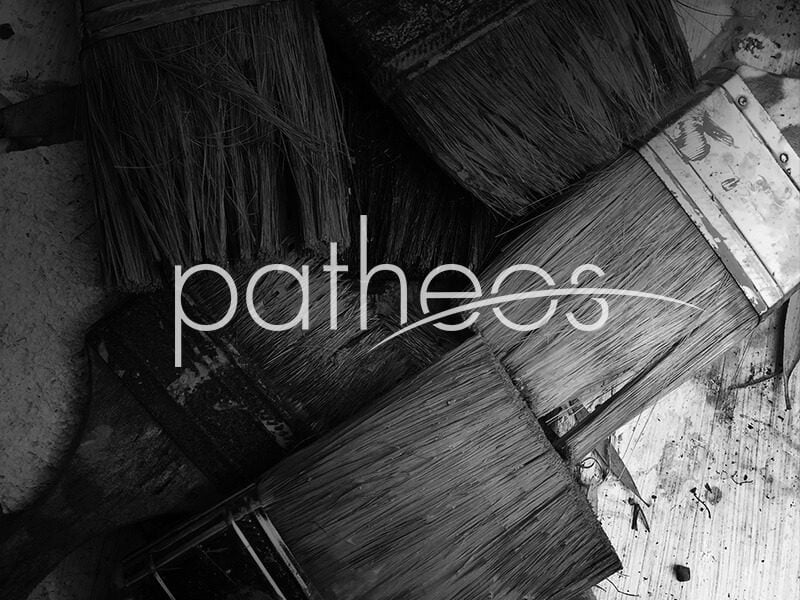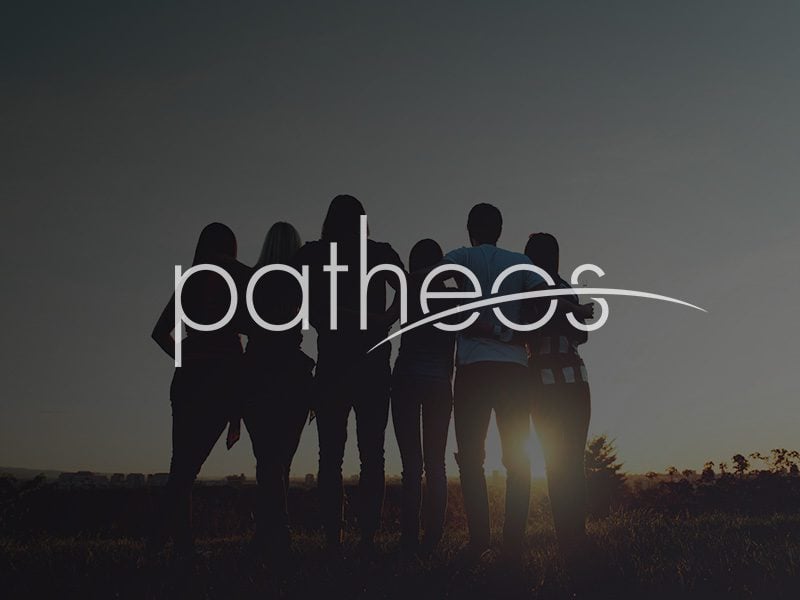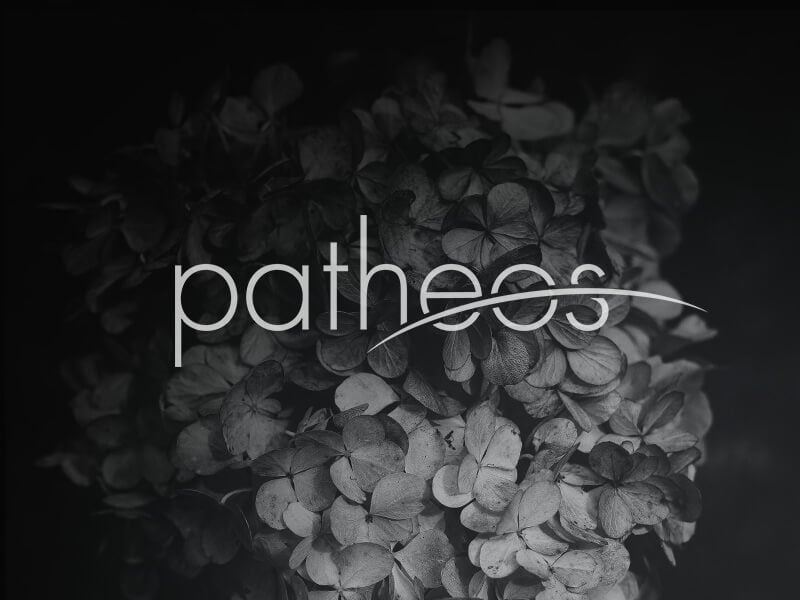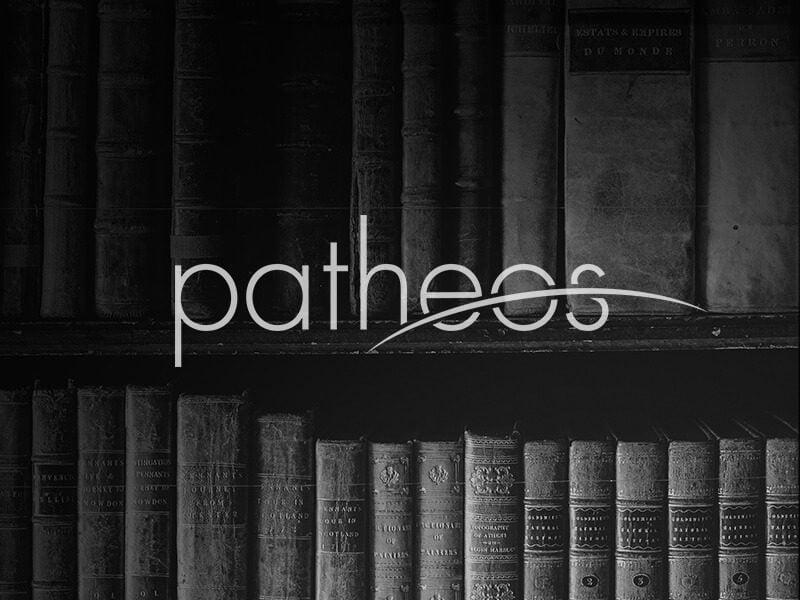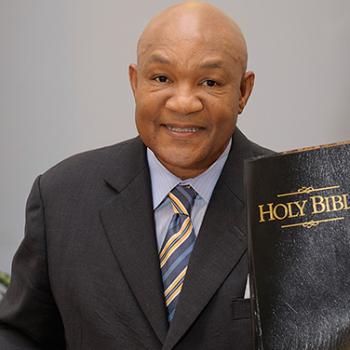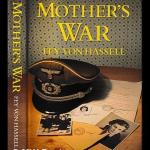Amos Funkenstein observes (Perceptions of Jewish History, 11-12) that “To ancient or primitive societies, in which antiquity or a long pedigree makes for a true aristocracy, youth is a sign of inferiority, and a memory of youth calls for compensatory elements, all the more so if this memory of youth was coupled with a memory of slavery and of otherwise low status.” This was not the view of Israel, which had a “sense of youth,” that was “compensated” by its... Read more

